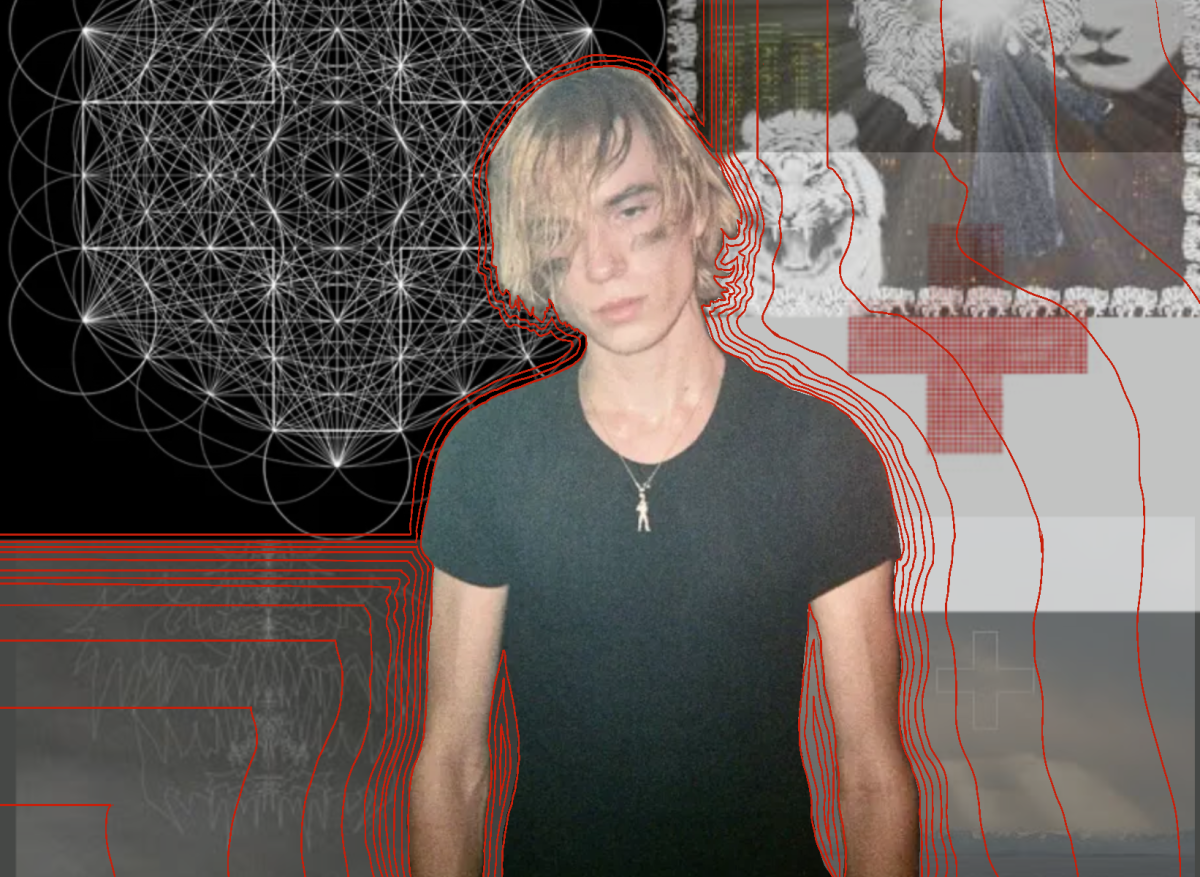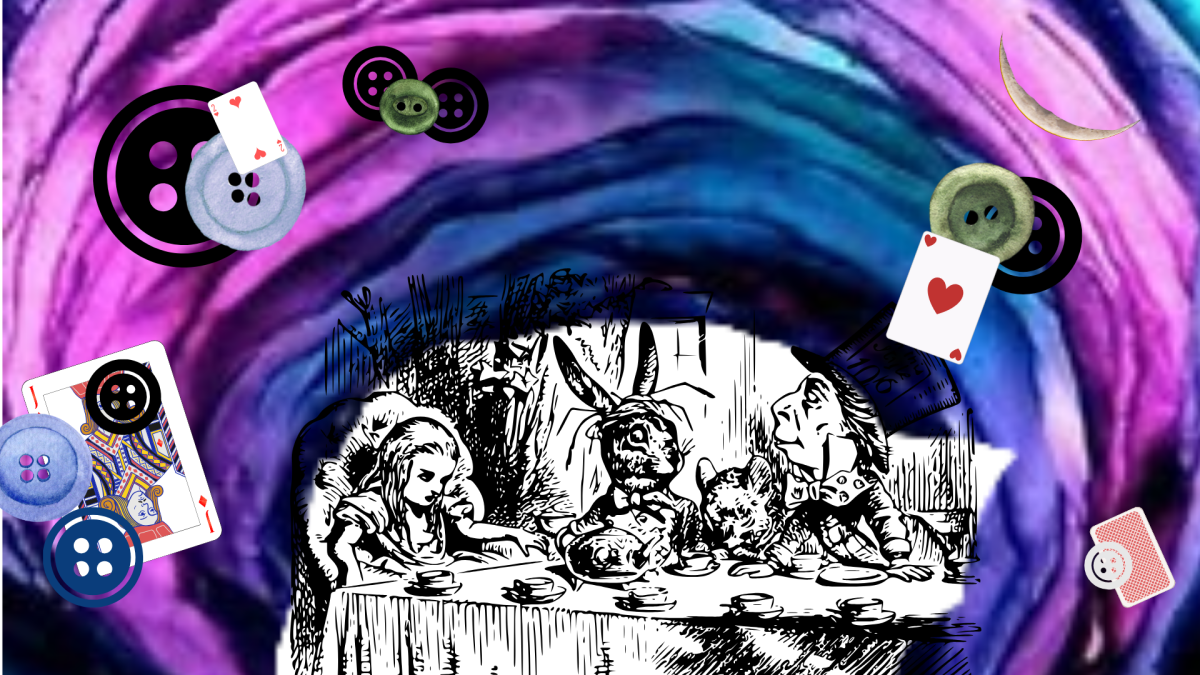Bo Burnham is a former Vine star, YouTuber, comedian and celebrated filmmaker. He’s also the creator of Netflix’s newest comedy special, “Inside.”
Created, directed and produced by Burnham over the course of the last year, “Inside” is less of a comedy special and more of a variety show. The special addresses everything from the perils of the internet to corporate social responsibility, describing Burnham’s self-actualizations upon life during the COVID-19 pandemic. Despite being shot entirely in one room, Burnham manages to create a different setting in each segment by using creative lighting and set design. The special is characterized by 20 stylized songs, set to synth beats and heartfelt ballads alongside abrupt transitions and an almost claustrophobic feel. “Inside” stresses how isolation provided Burnham with the opportunity to create, and the hectic pacing of the special embodies that train of thought.
The special opens to “Content,” a short peppy ode to the mindless consumption of media.
At less than two minutes, it’s clear “Content” is nothing more than a song serving as an introduction to “Inside,” more or less a brief summary on the lack of meaning surrounding creative thought. Other songs, like “FaceTime with my Mom (Tonight)” and “White Woman’s Instagram” do nothing to move the plot along and are more so light-hearted parodies comprised of Burnham’s observations of the world around him paired with his visual storytelling skills.
Perhaps the most important part of “Inside” is its discussion of mental illness. Burnham alludes to suicide several times in the special, offhandedly in a song about turning 30, and talks about his struggle with depression in songs like “S–t” and “All Time Low.”
The climax of the special, “All Eyes on Me,” describes Burnham’s struggle with performing, his absence for the past five years and his attempt to perform again being halted by quarantine. This performance is achingly raw, accompanied by dim lights and a somber mood. “You say the ocean’s rising like I give a s–t/ You say the whole world’s ending, honey, it already did/ You’re not gonna slow it, Heaven knows you tried/ Got it? Good, now get inside,” sings Burnham.
The pandemic’s end is in sight, but for those struggling with the repercussions of months of isolation, how is one to leave that mentality?
What is most interesting about the special are the behind-the-scenes glimpses of Burnham’s process: filming scenes, setting up set design and, at one point, bursting into tears. The contrast of the completed scenes alongside Burnham’s vulnerability serves to remind the audience of the precarious nature of creativity, the impact of a one-man production and all-encompassing emotions felt by Burnham throughout the process.
“Inside” reminds us how difficult it is to truly open the door and begin the healing process. Literally stuck in a room for the course of an entire year, Burnham struggles to feel amid depression and failure, with the interpretation of his own observations through music, color and visuals. Despite a perceived escape, the special ends with Burnham continuing to reside inside the room, reflecting Burnham’s self-awareness and angst.
“Inside” is anything but one-dimensional and is an excellent portrayal of the difficulties of tackling mental illness in a world emerging from a pandemic.














